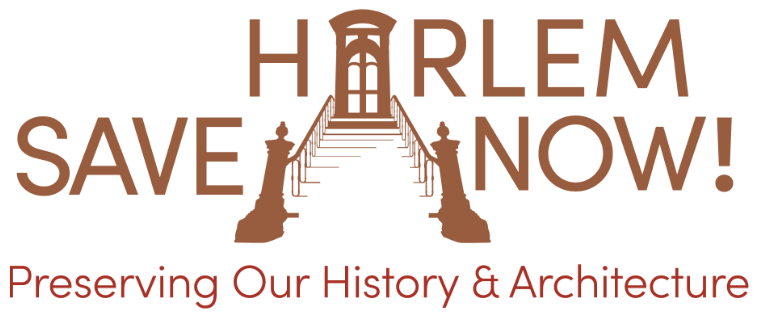The walking tour of the Central Harlem–West 130th–132nd Streets Historic District, led by architectural historian John Reddick and Save Harlem Now’s Executive Director Claudette Brady, offers a cohesive architectural journey through the late 19th-century speculative building boom that defined Central Harlem. The district is notable for its remarkably intact collection of residential row houses, showcasing popular architectural styles of the era. Visitors will see prime examples of Neo-Grec style, characterized by its classical ornament and incised details, alongside houses designed in the Queen Anne, Renaissance Revival, and Romanesque Revival styles. This visual consistency provides a powerful backdrop that is representative of Central Harlem’s residential development and sets the scene for the rich history that unfolded within its walls.
Beyond its distinctive architecture, this historic district holds immense social, cultural, and political significance, having been home to key figures and organizations that shaped 20th-century American history. From the Harlem Renaissance through the Civil Rights era of the 1960s, the community’s primarily residential buildings were adapted to foster civic and cultural life. Notable sites include the headquarters of the New Amsterdam Musical Association (NAMA), the home of Scott Joplin, known as the “King of Ragtime,” and the Friendship Baptist Church, which was actively involved in the Civil Rights Movement. The district was also the location of the National Headquarters for the March on Washington for Jobs and Freedom, highlighting its critical contributions to the arts, social justice movement, civil rights movement, music, and entertainment in the United States.
